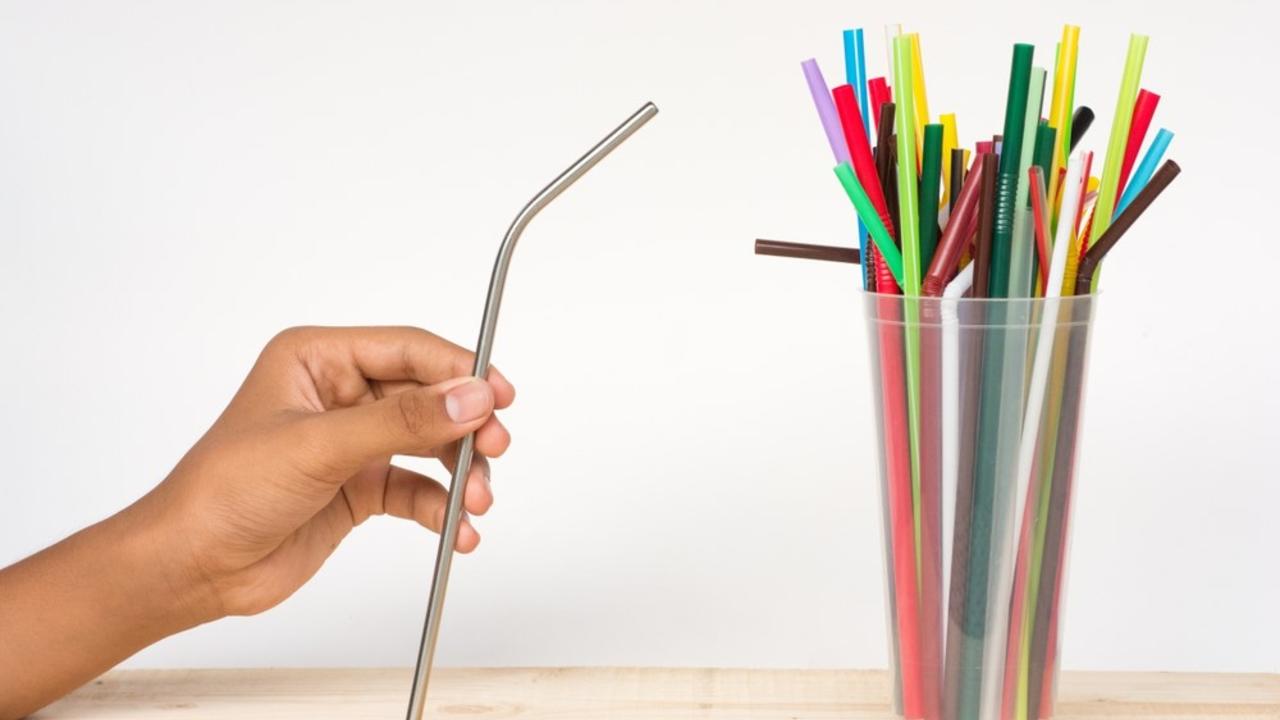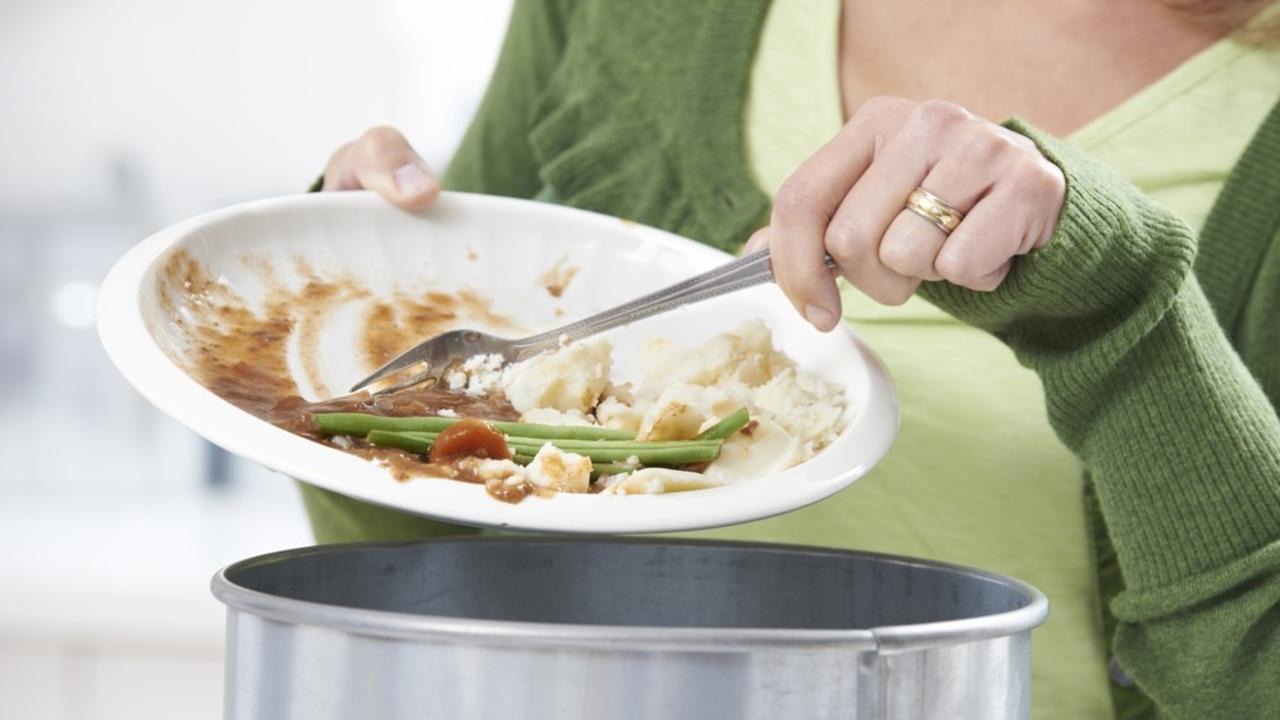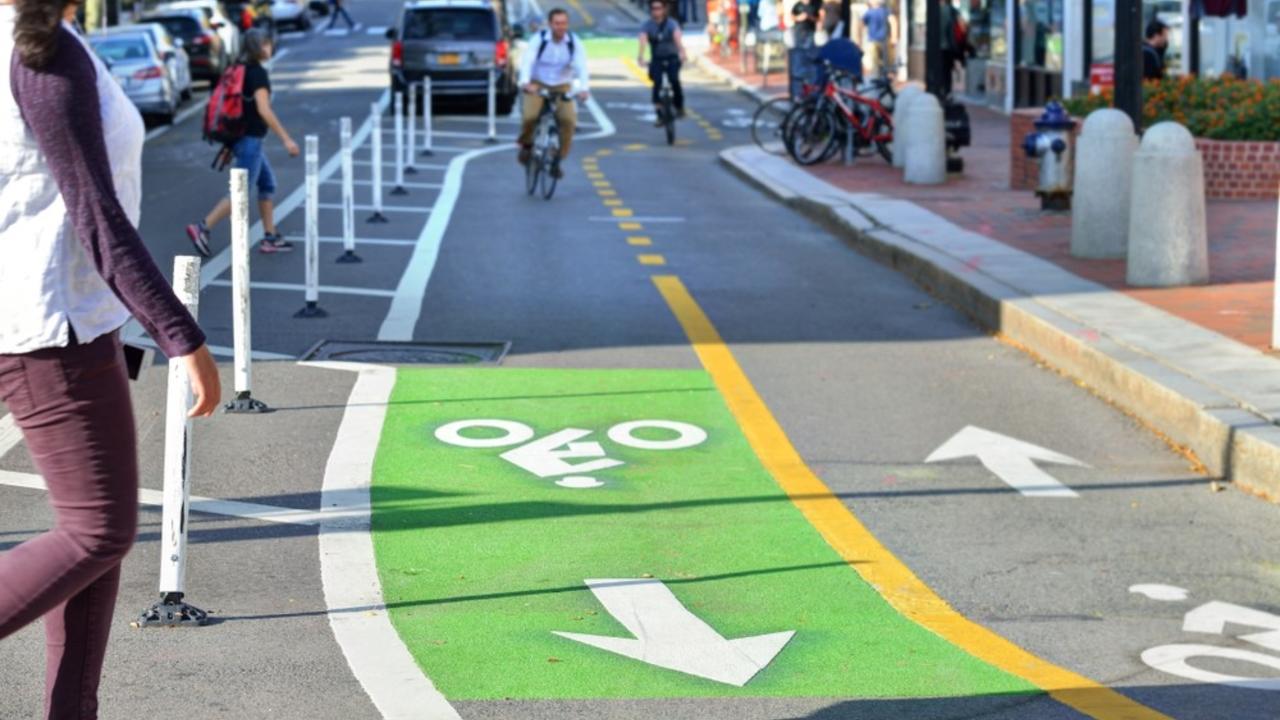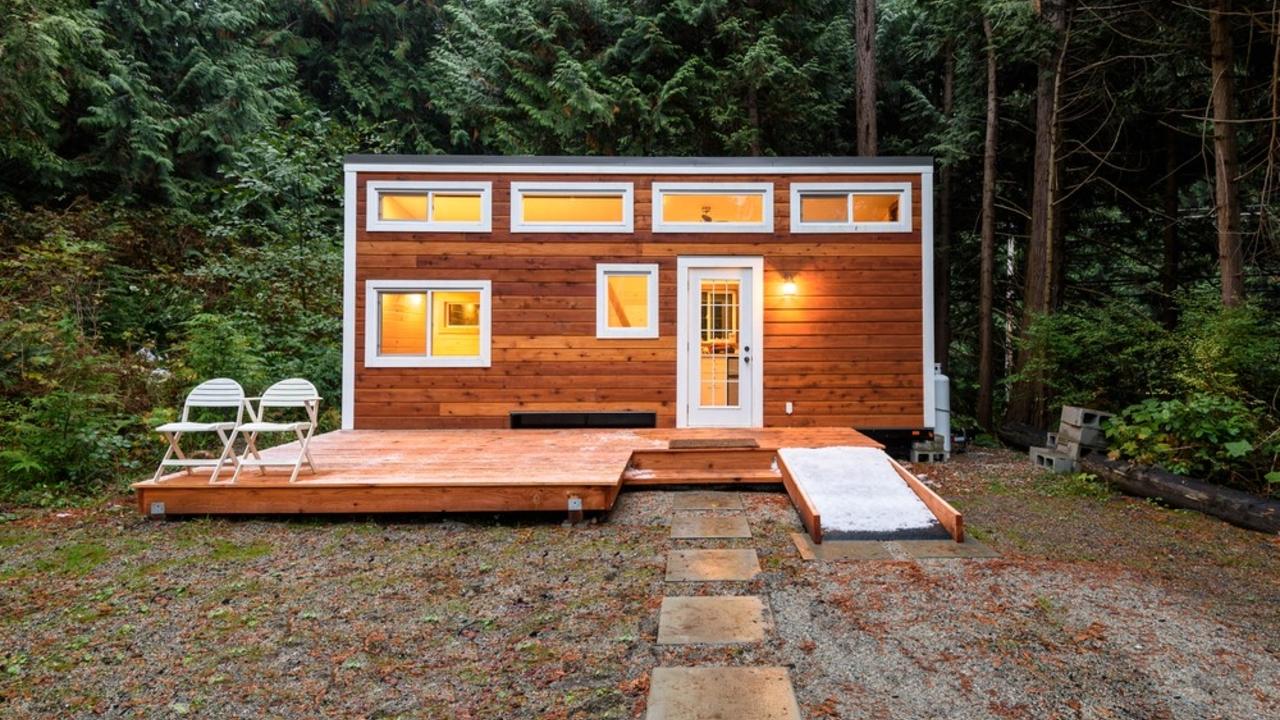Sustainable wellbeing and green living
Let's find ways to Flourish!
Rethaka Repurpose Schoolbags

Photo credit: Atlas of the Future
Thato Kgatlhanye is the founder of Rethaka Repurpose Schoolbags, an eco-friendly South African company which repurposes plastic bags by turning them into backpacks for school children. Rethaka Repurpose Schoolbags started as an assignment for a design course in college. This assignment encouraged students to design one single product which will provide a solution to three of the most prevalent social issues in the town of Rustenburg, South Africa. These three issues are plastic pollution, unemployment, and lack of electricity. This college project resulted in the idea for Repurpose Schoolbags, a practical solution to plastic pollution while making it easier for children to attend school. Repurpose Schoolbags has since become the first green initiative from Rethaka, a social startup that was created by Thato Kgatlhanye and Rea Ngwane.
Enhancing education and promoting safety of schoolchildren
The Repurpose Schoolbags not only improve the environment ...
Remote Solar

What is remote solar?
Remote and off-grid solar systems provide energy opportunities to areas in which traditional power lines do not exist. This may be because traditional power lines are too expensive to implement, or they are simply impractical to construct within the given area. The main component of a remote solar panel system is the solar panels which produce a certain amount of power depending on their specifications such their as voltage and wattage. How do solar panels work? Solar energy is a clean and renewable energy source which comes from the sun. It can be harnessed and converted into useable energy through the use of photovoltaics. Incoming sunlight hits a semiconductor material that is used within a solar panel and knocks electrons loose. When these electrons are set in motion, they generate an electric current that can be captured. This current is then converted by the solar inverter into the type of electricity that can be used within the electric grid.
Remote solar...
Restaurants Ditching Plastic Straws

Single-use plastic straws are commonly found in restaurants, coffee shops, smoothie bars, cafés, and many other establishments. While they have become a cornerstone of modern convenience, single-use plastics, including plastic straws, have a significant negative impact on the environment. They are a part of the vast amounts of plastics that pollute land and waterways each day. Ditching straws is one step in the right direction of moving away from single-use, low-value plastics that serve only momentarily and create lasting environmental devastation.
How do plastic straws impact the environment?
Although plastic straws are often made from polypropylene plastic which is recyclable, the sorting process at recycling facilities and presence of contaminants prevent plastic straws from being recycled. Plastic straws are often too small to be picked up by the conveyor belts which separate the recyclable content from the non-recyclable content at recycling plants. This means that they get los...
Farm-to-Table

When you sit down for a meal, are you able to identify where each food item on your plate came from? Do you know the food’s country of origin, the location of the farm from which it was grown, or the names of the farmers who grew it? For most of us the answer is generally, “no”. As consumers we have become more and more detached from the food we consume, and we generally have no idea where our food actually comes from.
Our relationship to food
When walking into a grocery store or having your food served to you at a restaurant, it may seem like the produce and food products have arrived there by magic. Of course, people know that the food presented before them has been grown by farmers, processed, packaged, and delivered to stores, but there is often a severe lack of understanding about the agricultural process. Details about how the food was grown, who grew it, and how it was harvested are often unknown by us, the consumers, and contributes to the disconnect between people and the fo...
Decreasing Food Waste

What is food waste?
Food waste is edible portions of food that are thrown away or allowed to go bad. On an individual level, this may look like the crusts of your sandwich that you cut off, that last bit of pasta you couldn’t finish, or the cheese in your fridge that got mouldy over time. On a larger scale, food waste includes food that spoils during transportation, crops that are too “ugly” to make it to the market, uneaten portions of food at restaurants, and large quantities of expired waste that is thrown out at retail locations. The term food waste does not include inedible parts of your food such as peels, rinds, and husks.
Environmental and social impacts of food waste
The issue of food waste is a significant one, as approximately one third of all the food produced for human consumption is wasted. This equals roughly 1.3 billion tonnes of wasted food. Not only is this an issue due to the fact that individuals are going hungry while this food is wasted, but food waste has a si...
Permaculture

Permaculture is a holistic worldview and design principle that aims to meet human needs by modeling human developments after natural systems. This ensures that humans work with nature instead of against it, resulting in the protection and health of natural systems. This principle is important, as we must move beyond sustainability and become restorative to nature. Using permaculture designs, human-made systems function in a way that enhances the natural world.
This term was first coined in 1978 by Bill Mollison, a lecturer in Environmental Psychology at University of Tasmania, Australia, and David Holmgren, a graduate Environmental Design student at the Tasmanian College of Advanced Education. The term permaculture comes from the amalgamation of the words “permanent” and “agriculture,” and later, “permanent” and “culture.” While the term originally just focused on the concern for creating an agricultural system that would be sustainable over a long period of time, its meaning evolved ...
Gleaning

Gleaning is the act of collecting leftover crops from a farmer’s field once the crops have been commercially harvested. During the harvesting process, whether it is done by hand or by machine, it is inevitable that some of the food will be missed and left behind in the field. Gleaning may also occur on fields where it is not economically profitable to harvest the crops. This occurs when supply exceeds demand as well as when crops are deemed too “ugly” through the process of cosmetic filtering. Produce that are misshapen, smaller in size, or otherwise visually unappealing are often left behind in the field as they do not meet consumer expectations, and therefore do not produce a profit. Gleaning is considered an act of food rescue, as it allows for the perfectly good leftover crops to be utilized instead of being tilled back into the soil. There are approximately 1.3 billion tonnes of food that is wasted annually on a global level. This translates to around 1/3 of all food that is produ...
Bycatch Donation

Bycatch is the accidental capture of non-target marine species during commercial fishing. Most of the fishing industry will target specific species that are profitable such as shrimp, salmon, cod, and seabass. These are the species of fish that you will often find at markets and restaurants. Bycatch may be marine animals the fisherman doesn’t want, can’t make a profit off of, or are not allowed to sell. Unwanted fish species also includes fish that are too small or the wrong sex. The problem with fishing is that bycatch is unavoidable. Modern fishing gear is extremely strong and able to cover large areas. This gear is often unselective, meaning that it catches the target species as well as many other creatures, whether they are different types of fish or marine animals such as sharks, dolphins, and sea turtles. The bycatch caught by fishermen is often hauled up with the target species, then discarded overboard. By the time the bycatch is released back into the water, the animals are ei...
Vision Zero

According to the Association for Safe International Road Travel, approximately 1.35 million people across the globe die in road crashes on an annual basis, while an additional 20-50 million suffer nonfatal injuries. More than half of the annual road traffic deaths are vulnerable road users such as pedestrians, cyclists, and motorcyclists. While modern cities tend to sprawl outwards, resulting in a need for automobiles, trains, and busses, there seems to be a design element that is severely lacking when it comes to roadways: safety. The majority of road crashes are predictable and therefore preventable, yet in most cities, proactive approaches to road safety have not been implemented.
Vision Zero is a multinational road safety traffic project that aims to eliminate all traffic fatalities and serious injuries while increasing safe and equitable means of transportation and mobility. Vision Zero began in Sweden in 1997 when it was adopted by the Swedish government as their official road p...
Tiny Houses

“Bigger is better” seems to be the motto people are living by today. This outlook can be, and often is, applied to food portions, vehicles, and perhaps most commonly, houses. Home buyers tend to be concerned with square footage, spare rooms, and the number of bathrooms a potential home may have. While it is important to have enough room in your home for the things you require, it may not be necessary to buy as big as you can afford. In fact, tiny homes are gaining popularity as people are deciding to pursue minimalistic and affordable lifestyles! What is a tiny home? A tiny home averages at approximately 186 square feet in size and can range from anywhere between 100 to 400 square feet. Tiny houses are often mobile, meaning that they are built on wheels so that the owner can move locations when desired. Tiny houses can also be fixed in a permanent location if mobility doesn’t suit your lifestyle. Try thinking quality over quantity when deciding on the size of your new home, as there ar...

